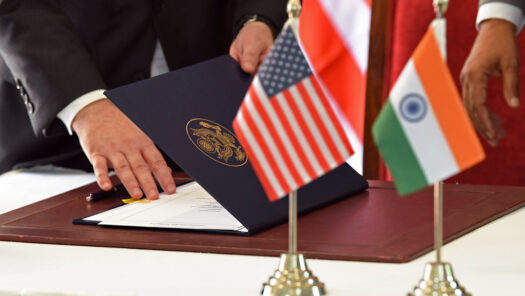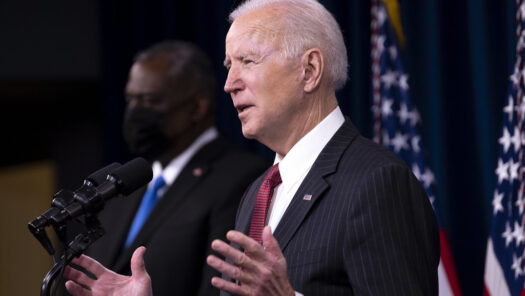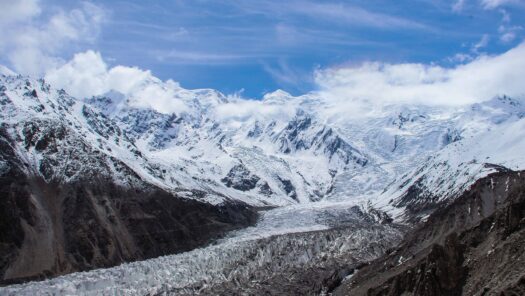US Foreign Policy
Return to article
It’s Hard Not to be Pessimistic About IMEC
After five months of delays, the Indian government is finally forging ahead with plans for the much-touted India-Middle East-Europe Corridor (IMEC). On February 13, 2024, India and the UAE signed a framework agreement on the transcontinental corridor. Hyped as the…

Growing U.S.-Bangladesh Security Cooperation: The 9th Security Dialogue
Bangladesh and the United States convened their 9th Bilateral Security Dialogue on September 5, 2023, in Dhaka, signifying an important moment in the progressive consolidation of bilateral security cooperation. The month before, senior officers from the U.S. and Bangladesh militaries…

India in America’s Vision
Over the past two decades, U.S.-India relations have progressed on an upward trajectory, signifying a growing strategic congruence – if not convergence. From the vantage point of New Delhi, an analysis of this bilateral relationship is often colored by what…

The Case for Washington’s Strategic Engagement in South Asia
Changing geo-strategic circumstances with the rise of China have forced the United States to narrow its global commitments and concentrate on the immediate challenge. In South Asia, this shift in priorities has felt seismic. While U.S. engagement centered on counterterrorism…

Climate Change and Conflict Resolution in South Asia’s Highlands
The contested highlands of the Himalaya-Karakoram-Hindukush (HKH) mountain ranges—spanning across South Asia through Ladakh, Aksai Chin, Jammu and Kashmir, and Gilgit-Baltistan—remain highly vulnerable to climate change and kinetic conflict. These highlands are the globe’s third pole, harboring more ice in…

What is the Future of Pakistan-U.S. Relations after Imran Khan’s Ouster?
On April 12, Shehbaz Sharif became Pakistan’s 23rd Prime Minister, following Imran Khan’s ouster in the opposition’s no-confidence vote. Khan alleged his removal resulted from a U.S.-sponsored plot to punish him for pursuing an independent foreign policy with China and…